On September 29, 2022, I published the second edition in English of the book Understanding Quantum Technologies, probably the most comprehensive 360° overview of quantum technologies, including quantum computing, communications, cryptography and sensing. The monster document is about 1130 pages long. I publish it as free access PDF files in A4 and Letter formats that you can directly download here (no email or personal data asked!).
Amazon paperback edition
Like for the previous 2021 edition, the 2022 version is now available in paperback on Amazon. You can order it mostly anywhere in the world. It is released in two volumes of respectively 578 and 568 pages (vs 452 and 404 pages for the 2021 edition), both in Letter format. The two volume stack is 7 cm (2.7 inches) thick! It is a book of records with 920 illustrations, 4000 bibliographical references and a 400 terms glossary.
The first volume covers quantum physics history, quantum physics 101, quantum computing basics (linear algebra, qubits, gates, measurement), engineering (including error correction and energetics), hardware (qubit types and vendors) and enabling technologies (cryogeny, electronics, etc).
The second volume covers quantum algorithms, software development tools, business applications, unconventional computing, quantum communications and cryptography, quantum sensing, quantum tech around the world, societal issues and quantum fake sciences. Plus the glossary, table of figures and index that are common to both volumes.
These two volumes are available on Amazon.com (USA + worldwide, volume 1, volume 2), Amazon.de (Germany, volume 1, volume 2), Amazon.fr (France, volume 1, volume 2), Amazon.es (Spain, volume 1, volume 2), Amazon.it (Italy, volume 1, volume 2) Amazon.co.uk (UK, volume 1, volume 2, available soon), Amazon.nl (The Netherlands, volume 1, volume 2), Amazon.pl (Poland, volume 1, volume 2), Amazon.se (Sweden, volume 1, volume 2) and Amazon.ca (Canada, volume 1, volume 2).
If you live outside the above mentioned countries, look at the various delivery options of these various Amazon websites, particularly on Amazon.com.
The two-volume price is as small as possible given Amazon’s constraints with each volume priced at 39€ with VAT (depending on the country) and $36 without VAT, plus delivery.
In order to respect Amazon book publishing rules, I had to change the numbering scheme of my book. Page 1 now starts with the first part (“Why”). As a consequence, the book internal page numbers do not correspond anymore to the page numbers of the PDF files.
Short version of the book
You may think that reading 1130 pages would be quite long, even in a piecemeal fashion. You can still enjoy an appetizer in the form of a short 24-page version of the book that compiles the key takeaways that are at the end of each of the book’s parts. You can download it here. I have not published it as a paperback edition since it’s quite easy to print on twelve pages!
Questions answered in the book
Here are some of the special things in this book that provides a 360° covering of quantum technologies encompassing all dimensions: history, science, technology, engineering, economy, geopolitics and societal impact and some key questions answered:
- Quantum physics history and its key contributors. Was Einstein wrong on quantum physics? Is the cat dead and alive? Before and after theory, what were the key experiments that laid the ground of quantum physics? What are the links between quantum physics and the theory of relativity?
- How research works is described in details with its codes and tools. How serious is a paper on arXiv? How do you analyze a new scientific publication? Are there “fake” papers in quantum physics? What is a TRL?
- Quantum physics 101 scientific content with rarely covered aspects like quantum matter. What does it mean to be “quantum”? What are “quantum numbers”? What is a spin? How do we “measure” entanglement? What is “quantum matter”? How superconductivity works? Is there some energy in vacuum?
- Quantum engineering describing how a quantum computer is architected, how it is operating and how errors are corrected. What is a qubit and what type of object is it (mathematical, physical)? What information is it processing? How are we programming qubits? Why do we have so many quantum computing paradigms (annealing, simulation, gate-based)? Why do we need to cool some quantum computers at very low temperature? Are quantum computers suitable to process “big data”? What is a logical qubit? How many physical qubits are required to build a logical qubit?
- Qubit types are described in details. What are the strenghts and weaknesses of all qubit types? What are their scalability challenges and how are they addressed? Is a quantum annealing qubit comparable to a gate-base quantum computer qubit? What are so-called “exotic qubits”? How do you evaluate the maturity of a new qubit type promoted by a research lab or an industry vendor? What are the key scalability challenges for each type of qubit and how are they currently addressed?
- Quantum enabling technologies with a lot of details on cryogeny, cryo-electronics, cabling and lasers. How do we cool quantum computers at so low temperatures like 15 mK? Why do we need so much control electronics to drive qubits? What are their figures of merits? How could we avoid all these cables? How is all of that scaling?
- Quantum computing energetics and how quantum computers could provide some energetics advantage? What is more energetic hungry: cooling or control electronics? What is the goal of the “Quantum Energy Initiative”?
- Raw materials used in quantum technologies. What are their origin, scarcity and environmental impact?
- Manufacturing techniques of semiconductors used in quantum technologies. What specific processes are used to produce qubit circuits? Where are the fabs? Does it make sense for a startup to own a fab? Are these fabs expensive?
- Quantum algorithms and software and their usefulness, including their potential real speedups and use cases organized by industry. How is data loaded in and extracted from quantum computers? What are the required number of qubits per algorithms? How do we develop quantum software? What tools are available? Are they standardized? What are these many quantum software startups offering? What are their business models? Are quantum emulation and quantum simulation the same thing?
- Quantum telecommunications, cryptography and sensing. Is our cybersecurity we so threatened by quantum computers? Is it the same with crypto-assets? Will quantum computers help make the Internet safer? What’s the difference between QKD and PQC? What are quantum random number generators? What is quantum teleportation and why it won’t enter you in the realm of Star Trek?
- Unconventional computing is also covered, that sits in between classical and quantum computing and could somehow compete with both. What are the other computing technologies competing with quantum computing? Could some of these provide an exponential speedup compared to classical computing?
- Corporate adoption. What should my company do? How? Is is true that the quantum computing market if $850B large?
- Geopolitical and societal aspects, including quantum strategies from over 20 countries, quantum foundations and the philosophical debates on quantum physics realism, on the emerging debate on quantum technologies ethics and on gender imbalance in this new field. Can physicists become entrepreneurs? Is China really ahead of the USA in quantum technologies? What are their real investments? What’s the position of Europe between the USA and China? Do we need “quantum ethics”? What are “quantum foundations” and why many physicists still argue about the “realism” of quantum physics? Do we really have “many worlds”?
- Quantum fake sciences are also covered including quantum medicine. Is quantum medicine a serious way to threat diseased beyond the placebo effect? What is quantum management?
With that, have a good reading!
And as usual, don’t hesitate to provide any feedback so that I can continuously improve and update the book.
![]()
![]()
![]()
Reçevez par email les alertes de parution de nouveaux articles :
![]()
![]()
![]()


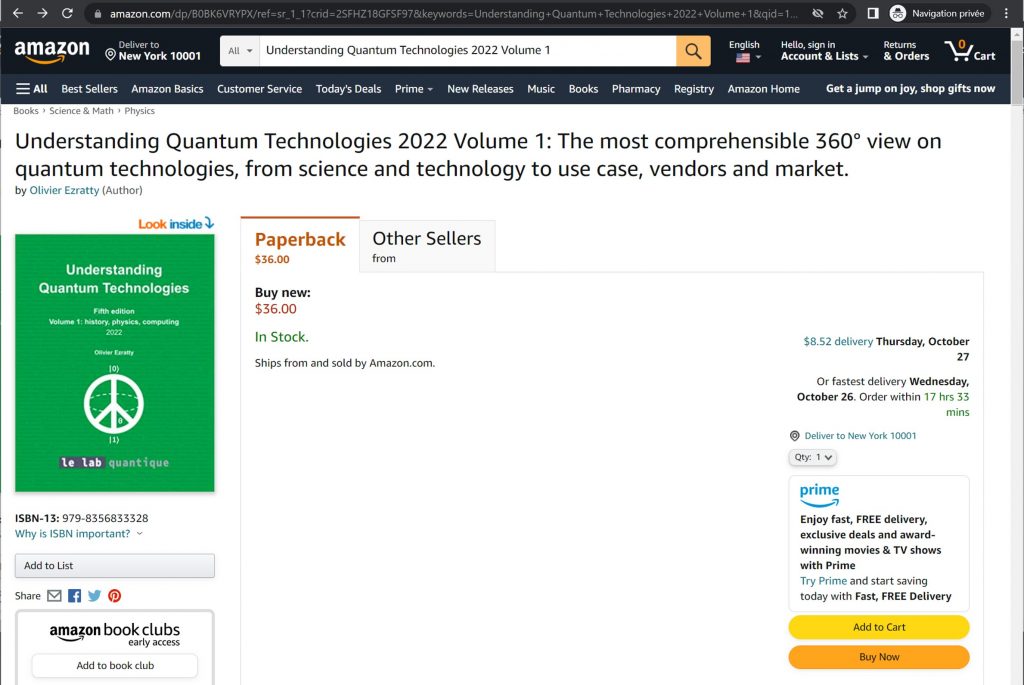
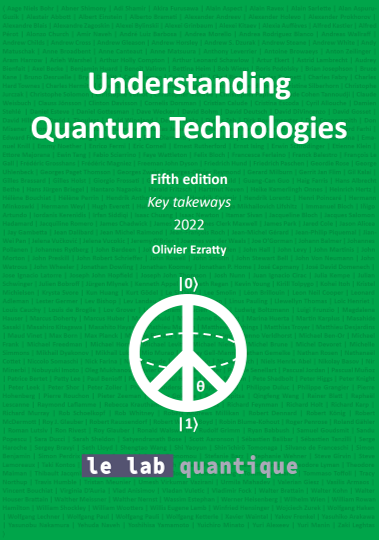
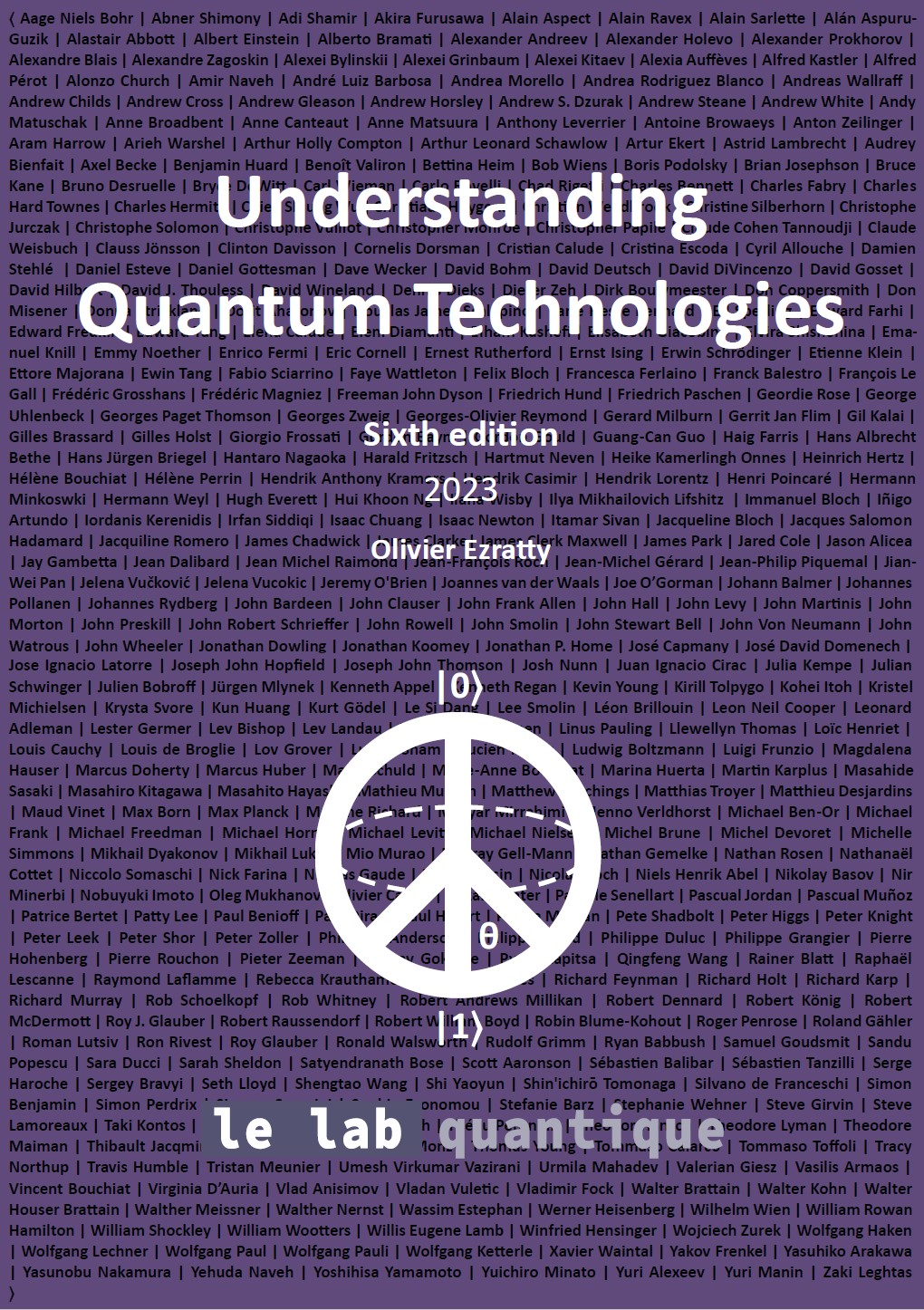
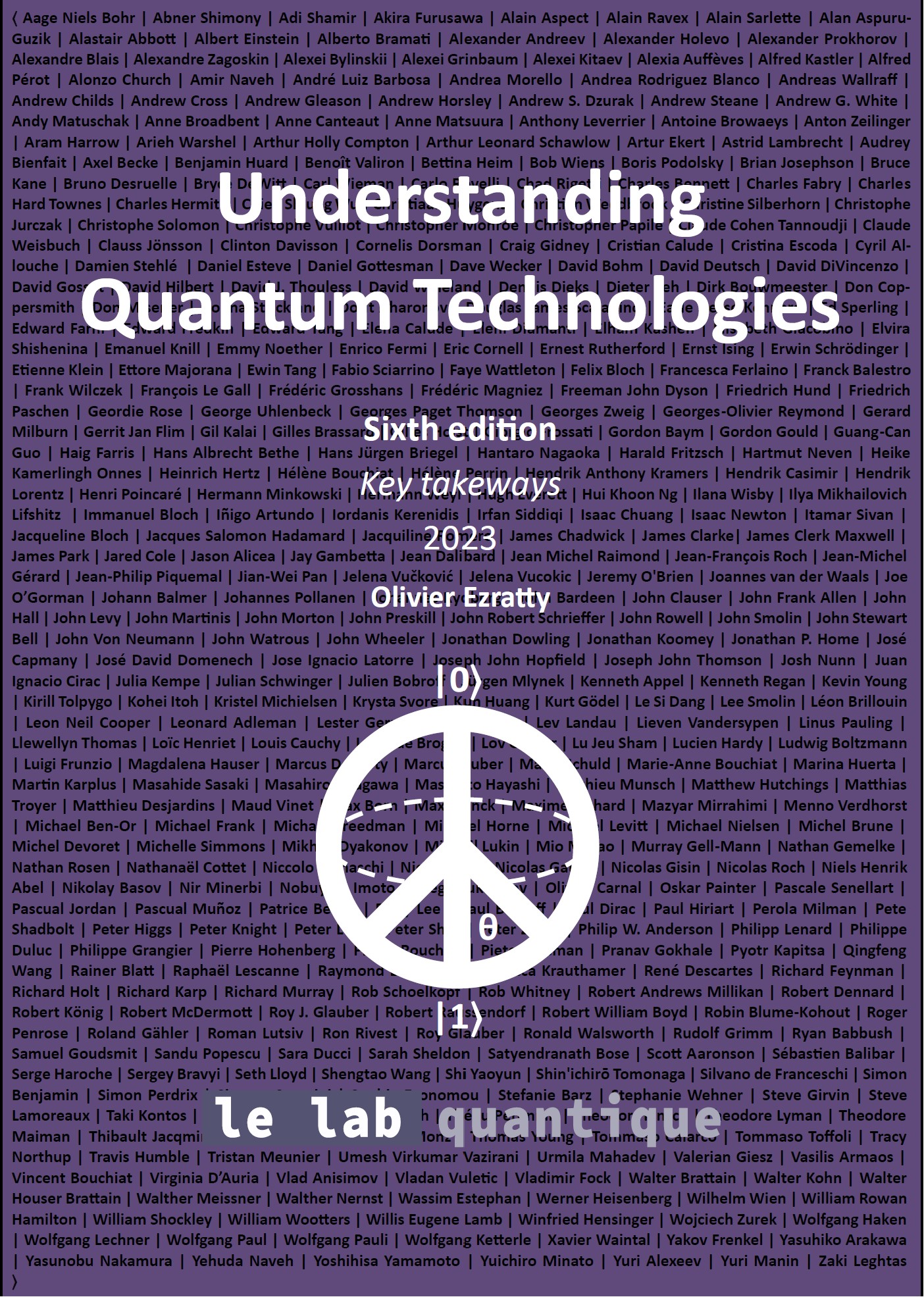
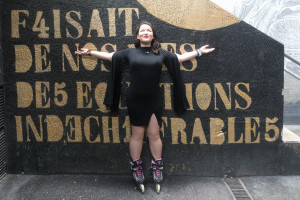
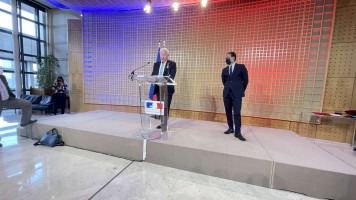
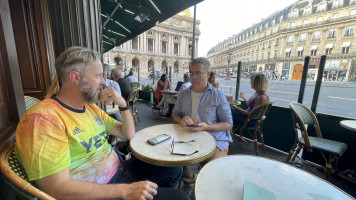
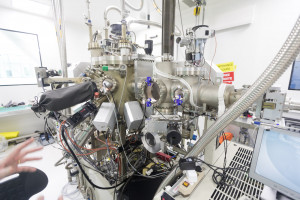
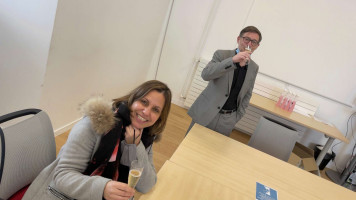

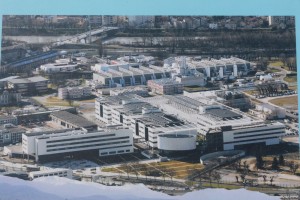

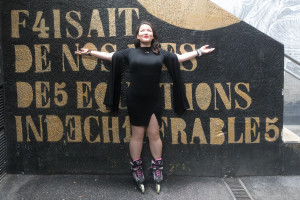
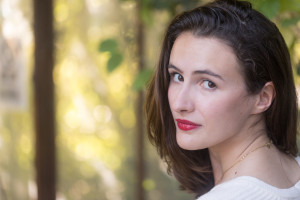
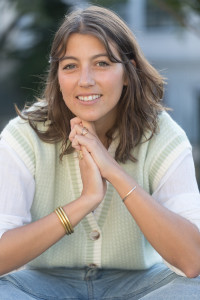
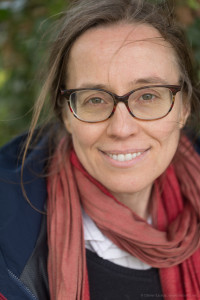

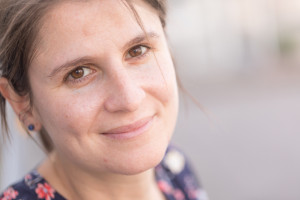
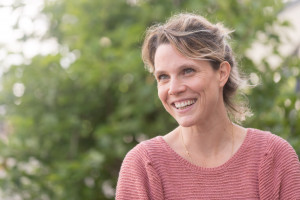

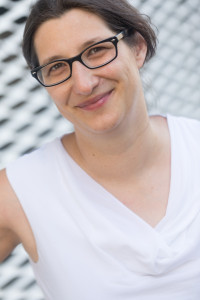
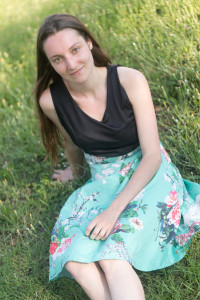
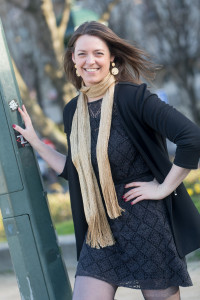
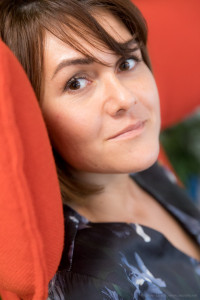
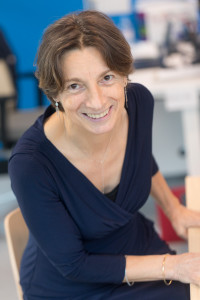
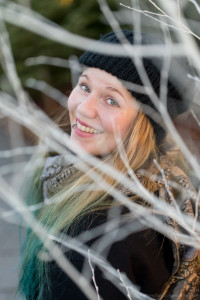

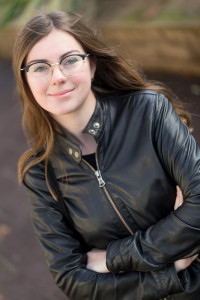
 Articles
Articles